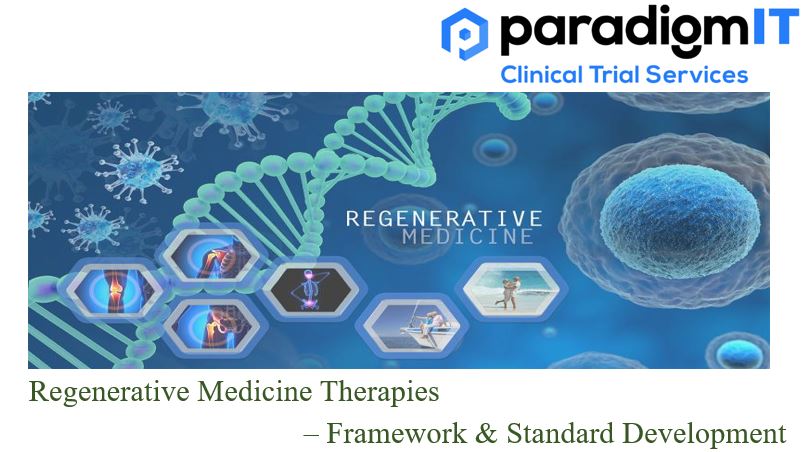Regenerative medicine Therapies are a burgeoning new therapy in the scientific field. A vast area that combines several scientific disciplines to speed up the healing process. It is described as replacing or regenerating human cells to restore the organ’s or tissue’s regular operation. It is a study of the body’s ability to heal itself by using foreign biological material to regenerate cells, reconstruct tissues, and restore organs.
Treatment of medical illnesses that were previously incurable is the primary objective of regenerative medicine therapy. Stem cells are among the best illustrations of regenerative medicine.
Approaches in the field of regenerative medicine:
There are several approaches that make up the treatment framework for regenerative medicine. These treatments can be used separately or in conjunction to treat various ailments, such as wounds and degenerative disorders. New treatments are being created and put through clinical trials due to continuous research in regenerative medicine. Some of the most common approaches include:
- Cell-based therapy – This approach involves the transplantation of healthy cells or tissues to replace damaged or diseased cells or tissues. It can use both differentiated and undifferentiated stem cells. After expansion in vitro, adult main cells are removed from the patient and immediately implanted. Adult stem cells (ASCs) can grow, develop into a particular type, and implant in biopsied tissues.
- Tissue engineering: This approach involves the creation of functional tissues or organs using a combination of cells, materials, and biological factors. This may involve the use of scaffolds or biodegradable materials to support the growth and development of cells.
- Gene therapy: This approach involves the modification of a patient’s genetic material to correct or treat a disease. For example, a patient with sickle cell anemia may receive a gene therapy to correct the mutated gene that causes the disease.
- Biofabrication: This approach involves the use of 3D printing and other advanced manufacturing technologies to create functional tissues and organs. This approach is still in the early stages of development but holds great promise for the future.
- Biomaterials – Typically, cells and extracellular matrix make up tissues (ECM). Biomaterials are frequently employed as ECM because they offer support for both structural and functional needs. In recent years, it has been clear that ECM is essential for a wide range of processes, including gene expression, survival, demise, proliferation, migration, and differentiation.
- Implantation of scaffolds seeded with cells – This approach involves the creation of a three-dimensional structure, known as a scaffold. In the laboratory, the scaffold is usually seeded with cells, such as stem cells or other types of cells, and then implanted into a patient’s body. The cells then begin to grow and differentiate into the desired tissue.. This approach helps to avoid the need for transplantation from another part of the body or from a donor.
Regenerative medicine is a rapidly evolving field, and standards to ensure the safety, efficacy, and quality of new therapies are required. Several organizations, including regulatory agencies, professional societies, and industry groups, are involved in the development of regenerative medicine standards, such as
The US Food and Drug Administration (FDA) and the European Medicines Agency (EMA) oversee reviewing and approving new regenerative medicine therapies. They develop policies and procedures for the development, testing, and marketing of these therapies.
Furthermore are, international organizations such as the International Council for Harmonization (ICH) for Technical Requirements of Pharmaceuticals for Human Use and the World Health Organization (WHO) develop guidelines and standards.
For more information –
Visit our website – www.paradigmit.com
Or you can write us at ask@paradigmit.com
Follow us for more – https://www.linkedin.com/company/paradigmittechnologyservices/?viewAsMember=true


